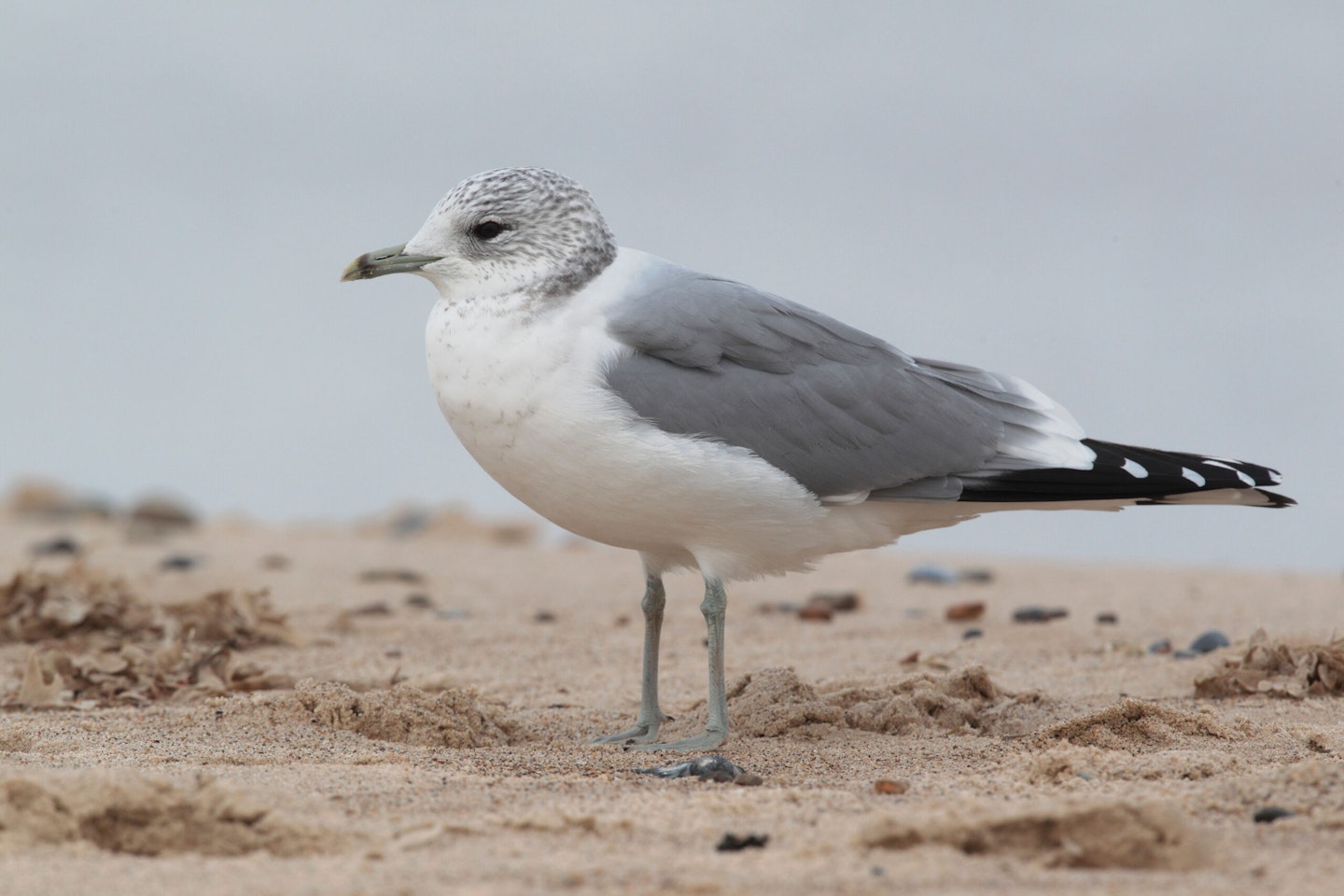Another ‘New Year,’ another year list kicking off? #My200Birdyear perhaps? Or just another year in which to enjoy watching and listening to birds, or as we like to call it: birdwatching. Here are five birds to spend some quality time with this month.

Bittern
For most of us, the Bittern is a dream bird, rarely if ever seen. But the good news is that British population is, if you will forgive the expression, booming. It used to be very hard to catch up with one in the breeding season, but is now relatively easy, with hundreds of booming males across the country. This takes some pressure off the winter season, when Bitterns often make just fleeting (yet very exciting) flights over their favoured habitat before disappearing into the reeds for hours and hours. The first impression is often of a Buzzard or an owl, with a short delay before the penny drops. Sometimes you can see Bitterns feeding at or near the edge of a reed bed, or even perched halfway up the reeds. Or, in freezing weather, they may come into the open.

Jack Snipe
Like the Bittern, the Jack Snipe is a rarely-seen bird. In fact, it is even rarer to see than a Bittern. It is not that they are uncommon; indeed, there are an estimated 110,000 Jack Snipes wintering in the UK! It is that they are happiest concealed in vegetation, be it reeds or rushes in boggy, marshy country, rarely appearing in the open. Traditionally, birders surveyed Jack Snipes by flushing them (unlike Snipe, they are reluctant to be flushed, requiring almost being trodden on!). But, these days, thermal imaging equipment has revolutionised finding these mini ‘short-billed’ snipes. They do sometimes appear at the margins in view, when they almost invariably bob up and down vertically in a most remarkable and delightful way!

Stonechat
Stonechats are tough guys of the small bird world. Despite their diminutive size, these characters see out the winter in the country. This can be to their detriment, causing much mortality in the coldest winters, but in these times of climate change, big freezes are increasingly uncommon. They are famed for perching on the top of weeds, fences, small bushes and so on, always on the lookout for eg hairy caterpillars on the ground. Often, if you see one Stonechat, you may find its mate nearby. Stonechats are much more widely spread in winter than summer, covering most of the country.

Common Gull
You may hear some birders say Common Gulls are not common, at all. This is, of course, nonsense. They are very common, with more than 700,000 wintering individuals. They are one of several of our birds which are often ignored, though. Unlike many gulls, it is far from hard to identify. It is the next size up from Black-headed Gull and so considerably smaller than the somewhat similar (grey-backed but huge) Herring Gull. The black-banded (in winter) greeny-yellow bill is also much smaller than that of a Herring Gull and the legs are greenish yellow. In flight, the long slim wings show obvious, large blobs of white in the black near the tip. The eye is dark. Look for them and you can’t miss them!

Sanderling
The scientific name of the Sanderling is Calidris alba, the alba bit meaning white. It is only in winter that the name really comes into its own, with these guys being the whitest of the sandpipers. These are the charming ‘wind-up toys’ you see rushing along the sandy shoreline with the mini-breakers. Shorter billed, paler, and more dashing (in all senses) than Dunlins, Sanderlings are almost exclusively coastal birds.
